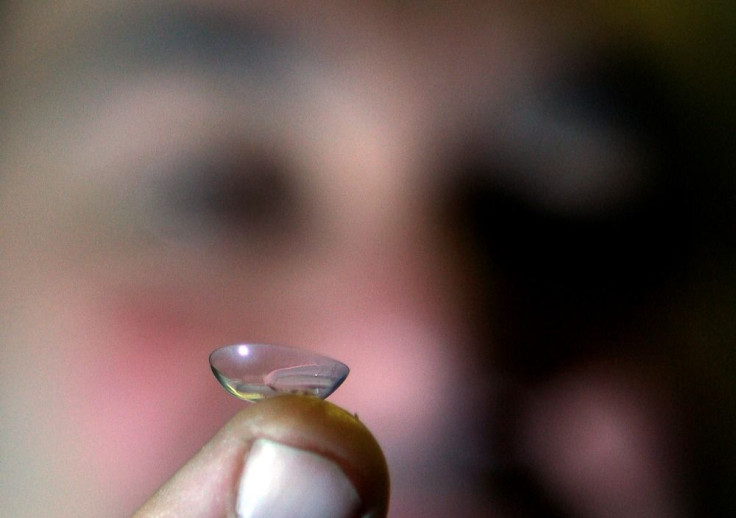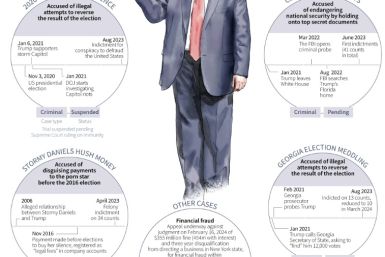Smart Contact Lens To Monitor Blood Sugar Level Through Analysis Of Glucose Levels Of Diabetic’s Tears

Diabetics who detest regular pricking of their fingers to monitor their glucose level have more upcoming choice through new-generation devices that make testing of blood sugar easier. One such gadget is a smart contact lens that analyses a diabetic’s glucose level through the patient’s tears.
It is a brainchild of Brian Otis, leader of a project at Google and former electrical engineering professor. The group is taking advantage of the further shrinking of computer microchip sizes to craft a tiny glucose sensor, wireless antennae and other parts of a smart contact lens, reports The Wall Street Journal.
One challenging part was coming up with a powerful battery that would record the information about blood sugar level by second which was tiny enough to fit inside a thin contact lens. Otis said the team has apparently developed a solution to the battery problem but did not provide details on how they solved it. He said the hardware won’t even be seen by the user since it would sit over the iris, not the pupil.
Alcon, an eye-care firm based in Switzerland and a unit of Novartis, is Google’s partner in developing the smart contact lens. Alcon is licensing the technology from Google and would seek regulatory approval of the device. It would also produce the lens, although a Novartis spokeswoman said it may take a few years before it reaches the market since the product is only on its very early phases of development.
Alcon’s patent application was published on Thursday. The patent application states that “The eye-mountable device is mounted on the pedestal such that the posterior concave side contacts the second end of the pedestal and the eye-mountable device is elevated from the base of the container,” quotes Tech Times.
In 2014, Novartis CEO Joseph Jimenez said that the smart contact lens is the key step for the pharmaceutical giant to “go beyond the traditional disease management” by beginning with the eyes. Besides glucose level readings, the smart contact lens could have other uses. Google co-founder Sergey Brin said the tech giant’s dream is to tap technology to miniaturise electronic devices that would help improve life quality of millions of people.
This device would benefit diabetics, estimated at 29 million in the United States, who constantly need to monitor their glucose levels to prevent the development of long-term complications such as kidney damages, erectile dysfunction, blindness and cardiovascular diseases. Correctly measuring blood sugar level in the body helps avert these complications.
Around 15 percent of diabetics in the US use the continuous glucose monitors, of CGMs, a wearable device that was introduced about 10 years ago. The slower rate of patient acceptance was explained to difficulty in using the CGM and its unreliability. However, the roll out in 2012 by DexCom of an improved CGM with higher accuracy rate led to more diabetics shifting to it and ditching their glucometers.
The higher rate of acceptance boosted DexCom’s revenues to $259.2 million in 2014 from $99.9 million in 2012. The CGM has a small radio transmitter taped above the patient’s waist and is attached to a very thin wire underneath the skin. It measures glucose level in the cell fluids of a diabetic. The CGM collects readings every five minutes and sends it to a device that could also be synced with smartphones.
To contact the writer, email: vittoriohernandez@yahoo.com






